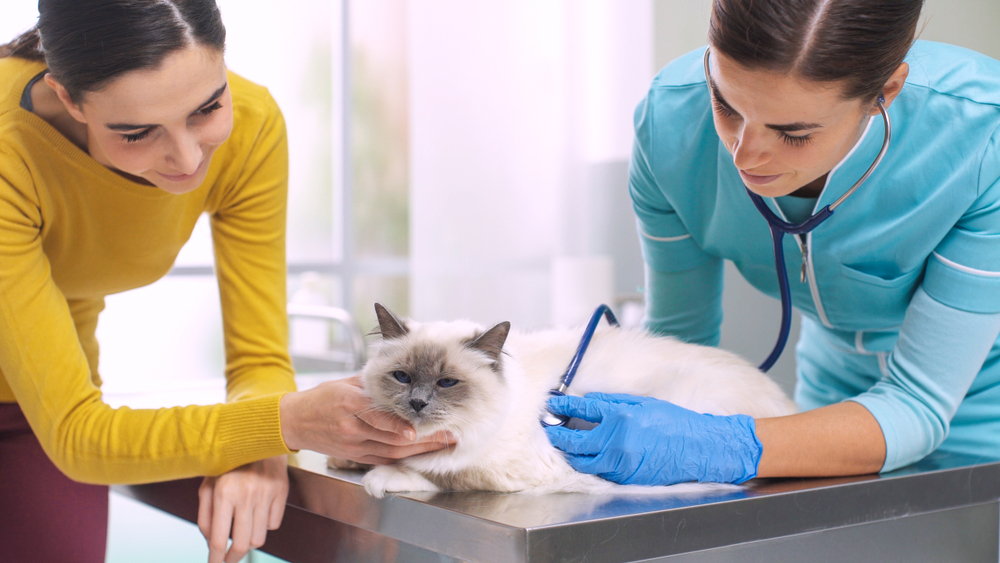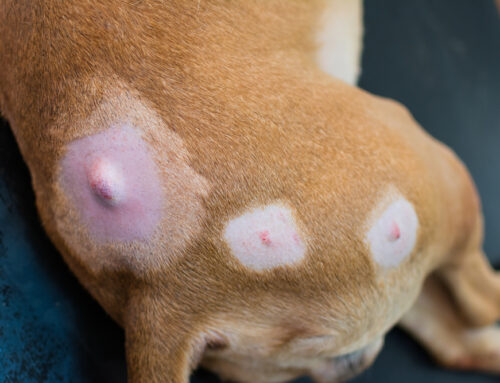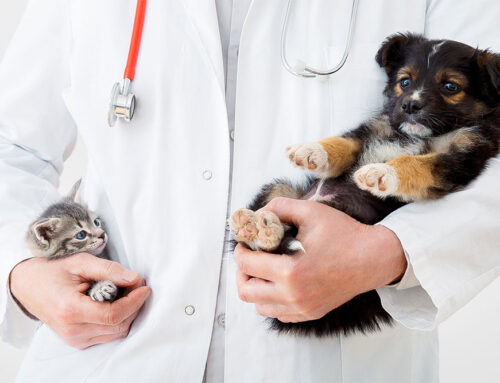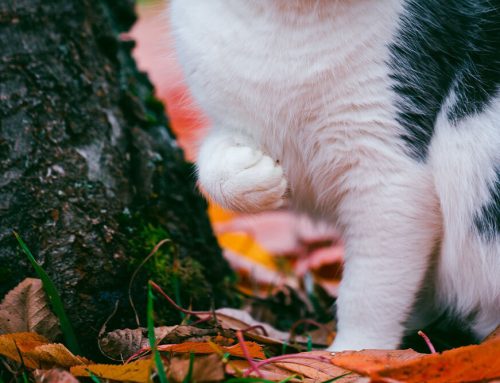Resolutions and goals are a great way to establish new healthy behaviors and habits for you and your pet. At the Veterinary Medical Center of Indian River County, we coach pet owners every day about small changes and decisions that can make a lifelong difference in their pet’s health, happiness, and longevity. In honor of New Year’s, we’ve compiled the most important ones in a pet resolution countdown.
#5: Daily exercise—get active with your pet
Appropriate physical activity is so beneficial that it’s almost a panacea (i.e., cure-all) for pets. Unfortunately, this inexpensive and effective therapy is vastly underused, and many dogs and cats are paying the price.
Like people, modern pets are living increasingly sedentary lives. And this inactivity—along with excessive calorie intake—are the major causes for today’s pet obesity epidemic and the corresponding spike in chronic diseases such as arthritis, cancer, orthopedic disease, heart problems, kidney failure, and respiratory problems.
Make this the year of movement for you and your pet. Resolve to provide your dog with 30 to 60 minutes of moderate-intensity exercise per day, such as walking, hiking, or toy play. Healthy cats ideally should engage in 30 minutes of exercise per day, which can be encouraged with motorized toys, kibble-dispensing balls, and feather wands. If your pet is young, old, or overweight, or has a history of chronic injury or illness, ask your veterinarian for safe activity recommendations.
#4: Snack right—replace unhealthy pet treats
Treats are an easy and effective way to reward your pet for good behavior or simply express affection. Unfortunately, store-bought treats don’t always love your pet back. Many popular brands and styles are filled with excessive calories, artificial dyes, and unhealthy preservatives.
According to veterinary nutritionists, your pet’s daily treat consumption should not exceed 10% of their daily caloric requirement. To determine your pet’s daily calorie intake, contact us or check out this simple calculation guide.
Maximize your pet’s treat experience by replacing unhealthy options with nutritious low-calorie options like:
- Lean skinless turkey or chicken
- Blueberries
- Carrots
- Apple slices
- Plain air-popped popcorn
- Green beans
- Whole grain cereal
For pets in training, set aside their daily meal portion and use that as their food reward. If you need to add enticement, place a few hot dog slices in a plastic bag with your pet’s dry food to add flavor and aroma. When your pet is begging for food, try rewarding them with attention, play, or a short walk instead. Although begging behavior can appear food-motivated, many dogs are equally satisfied with positive social interactions.
#3: Ditch the bowl—feed your pet and engage their mind
Are you feeding your pet to their fullest potential? Your pet’s mealtime is a valuable opportunity for training, as well as mental and physical exercise. Replace your pet’s bowl-fed meal with a short training lesson (i.e., 3 to 5 minutes) or a pet food puzzle or kibble-dispensing ball. Dogs and cats who “work” for their food experience major health benefits, including:
- Improved digestion — Pets who normally gulp their food are forced to slow down and consume one piece at a time.
- Enhanced problem-solving — Pets enjoy a mental challenge. Training and toys help them develop critical thinking skills and learn how to manipulate various objects and challenges.
- Increased satisfaction — Games that encourage your pet to think are tiring. Engaged pets are more likely to relax after an outside-the-bowl meal.
- Reduced stress and inappropriate behavior — Boredom is a common cause for stress, anxiety, and destructive or reactive behavior. Delivering your pet’s food in an interactive fashion is a simple and consistent way to improve their emotional health.
#2: Brush your pet’s teeth
Poor dental health negatively affects your pet’s quality of life. Dental disease, which is caused by accumulated plaque and tartar, creates a cascade effect of inflammation, chronic pain, infection, tooth decay, and bone loss. In severe cases, oral bacteria can enter the bloodstream and damage the heart, lungs, and kidneys.
Fortunately, dental disease is easily preventable with routine home care (e.g., toothbrushing, dental diets, water additives) and yearly visits to Veterinary Medical Center of Indian River County. When appropriate, your pet’s veterinarian will recommend dental cleaning and X-rays under anesthesia.
One proven effective way to prevent dental disease is daily toothbrushing. However, if dental disease is already present, this process may be painful. Schedule a dental consultation with our veterinarian before starting at-home dental care.
#1: Stay up-to-date on your pet’s preventive care

Finally, schedule an appointment for your pet’s yearly preventive care visit at Veterinary Medical Center of Indian River County. Your pet’s annual visit is the best opportunity to ensure you’re making the best choices for their health and receiving individualized guidance for everything from nutrition and parasite prevention to behavior and basic grooming tasks.
Ring in the new year with a choice that could add years to your pet’s life. Contact our expert veterinary team to schedule your pet’s next exam or to update their wellness care services.







Leave A Comment